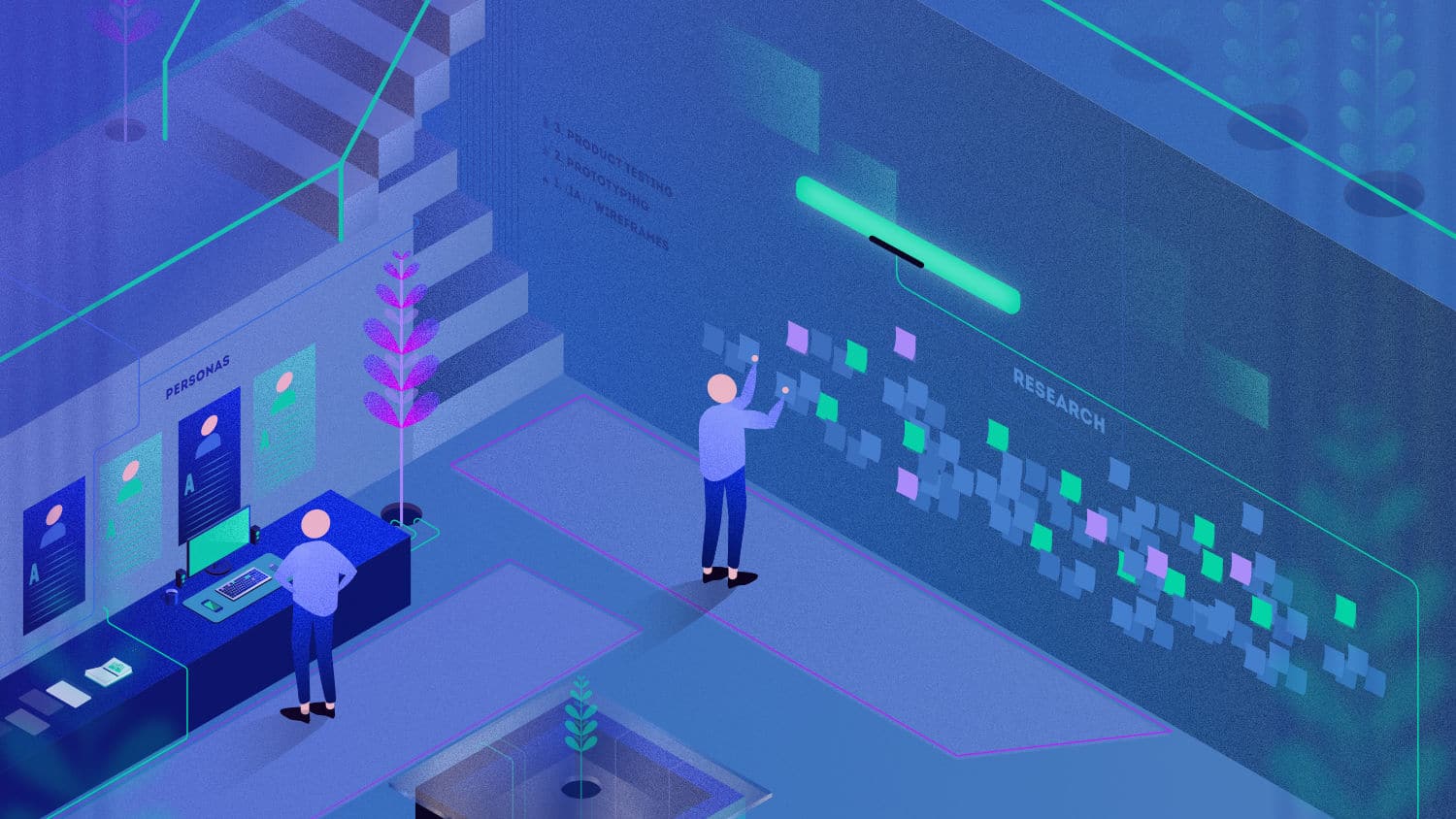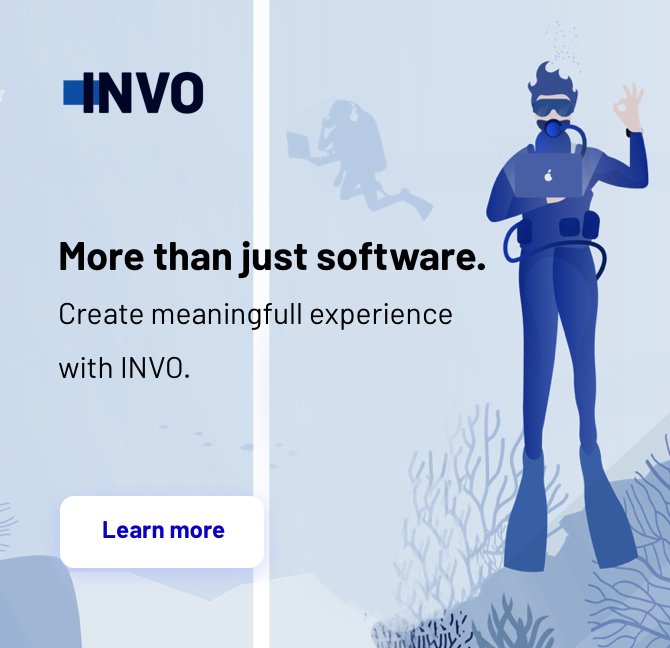User Experience designers became really attractive and desirable specialists lately due to changes in the IT industry. Modern apps and systems need to be simple and friendly to all kinds of users as the “user-centered design” is now a leading philosophy followed by both big and small entrepreneurs. But what UX designers actually do? What are they responsible for? What does it take to become one? At first, we need to understand what User Experience is.
What is User Experience?
User Experience is a broad concept — it refers to the overall range of emotions and feelings experienced by the person while using the program, system or service. It is, therefore, an extremely subjective measure. It consists of many aspects, ranging from the very first impression of a product on the user, through intuitiveness, ease or difficulty in using it, to the emotions such as anger or boredom experienced during this process. User Experience refers to the relationship that occurs between a human being and a computer (program, website, application). This interaction is the basis for the UX Design industry, which aims to provide the user with positive experiences in contact with the product.
User Experience Design — what is it about?
The keyword around which the entire User Experience Design is focused is — usability. What User Experience designers do is hence focused on improving the functionality of the program or an application so that the user can enjoy the highest efficiency and convenience of use. Satisfaction of the “client” is then in the first place. And it depends on millions of aspects! Everyone is different, expects something different and reacts in his own individual way for specific situations. UX Design therefore includes:
- Researching future users
UX designers need to create a “database” of potential customers or users of the application, which takes into account the most probable psychological profiles of people who will have a chance to come into contact with the product. This allows designers to optimize the design elements for the specific needs of the target group, and in the longer term leads to the creation of a stable and reliable clientele.
- Organizing the product’s interface
The organization and creation of a transparent and effective information structure are one of the most important issues of User Experience Design. The emphasis must be on the user’s convenience. So, attention is paid to the smooth navigation of the website or application, easy access to all the necessary functions and a simple and intuitive scheme of using the product. The ideal situation is when the user does not have to wander on the website or ask additional questions to get the information sought.
- Designing interactions with the interface
Designing interactions is probably the most difficult part of the UX designers’ job. It requires not only a lot of imagination, diligence but also thinking “outside of the box”. It always starts with testing the expectations of the target group, testing the receipt of the product, paying attention to atypical situations and problems encountered along the way. During this phase, you should notice the strengths and weaknesses of the product, the observations reported by the testers and assess the affordability and usability of the interface. It is also worth preparing the right feedback for the most common obstacles spotted by the user.
- Designing the interface
The elements of User Experience Design also include what we commonly refer to as Graphic Design. The main goal is to ensure that graphic elements play a useful role and facilitate the use of the product. Wise and functional graphic design can make the interaction intuitive and simple even despite complicated information presented on the website or in the application.
The graphics branch of UX is also associated with the concept of User Interface, which, although often used interchangeably or as a synonym of User Experience, is a different concept, somehow contained in the latter.
What is the difference between User Experience and User Interface?
By definition, User Interface (UI) is a space in which interactions between a human and a computer take place. The goal of User Interface Design is also to improve this interaction, its convenience, and efficiency. In contrast to User Experience, it refers only to the purely physical aspect — what the user introduces, namely input, and the response of the program or application, the output. UI Design is therefore only responsible for how the website or application will look, what the user will see and what he will be able to interact with. It can be said that it is a technical, objective and practical thing. User Experience is a much broader concept and includes all factors that influence the person’s perception when using the program. Also, it includes User Interface, so effective interface design is also associated with the improvement of User Experience.
What a UX Designer does?
Who is a User Experience designer and what tasks does he or she face? A person, who wants to be a good UX designer has to possess some IT skills, especially graphics — but having basic programming knowledge may also be very useful in the everyday work. However, the designer just couldn’t be narrow-minded and limited to coding or editing images in the Photoshop. Above all else, the main task of a designer is to come up with many innovative ideas, so such specialist has to be very creative. During the ordinary workday, he would not be supposed to do the technical stuff — there are usually dedicated co-workers to do that. The main objectives of the designer will be to design the proper idea, then test it — firstly alone, in many different ways, imitating consumers usage. Then, when the application, web page, or whatever has been designed is disclosed to the target consumers, the designer is responsible for analyzing very closely every aspect of people’s activity. The goal is to be able to track their steps of using the product, find out which features are more often in choice, and which are omitted — maybe because they are not useful or intuitive? Another possibility is to ask the customers to fill in a questionnaire, in which the designer could simply ask questions concerning comfort of using, advantages of a product or aspects, which should be improved or rearranged.
If you want to know more about design you can check out our Design Archives!

